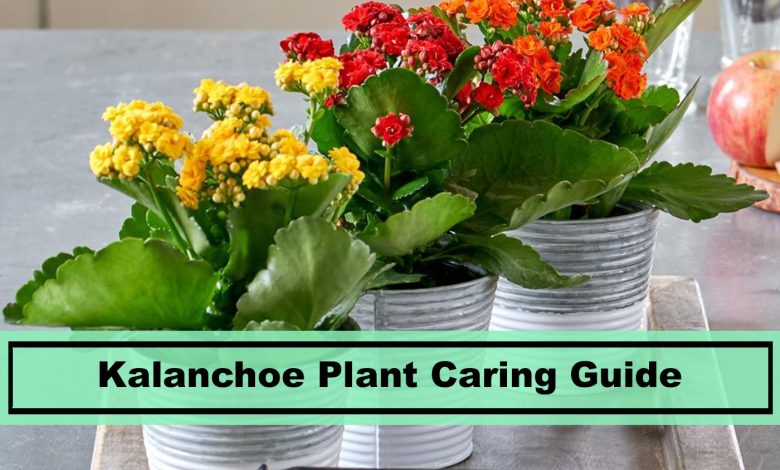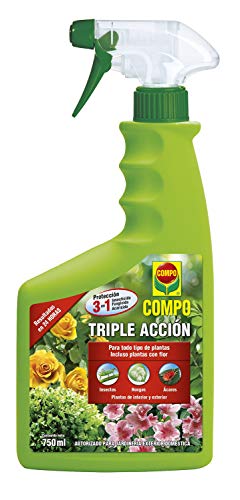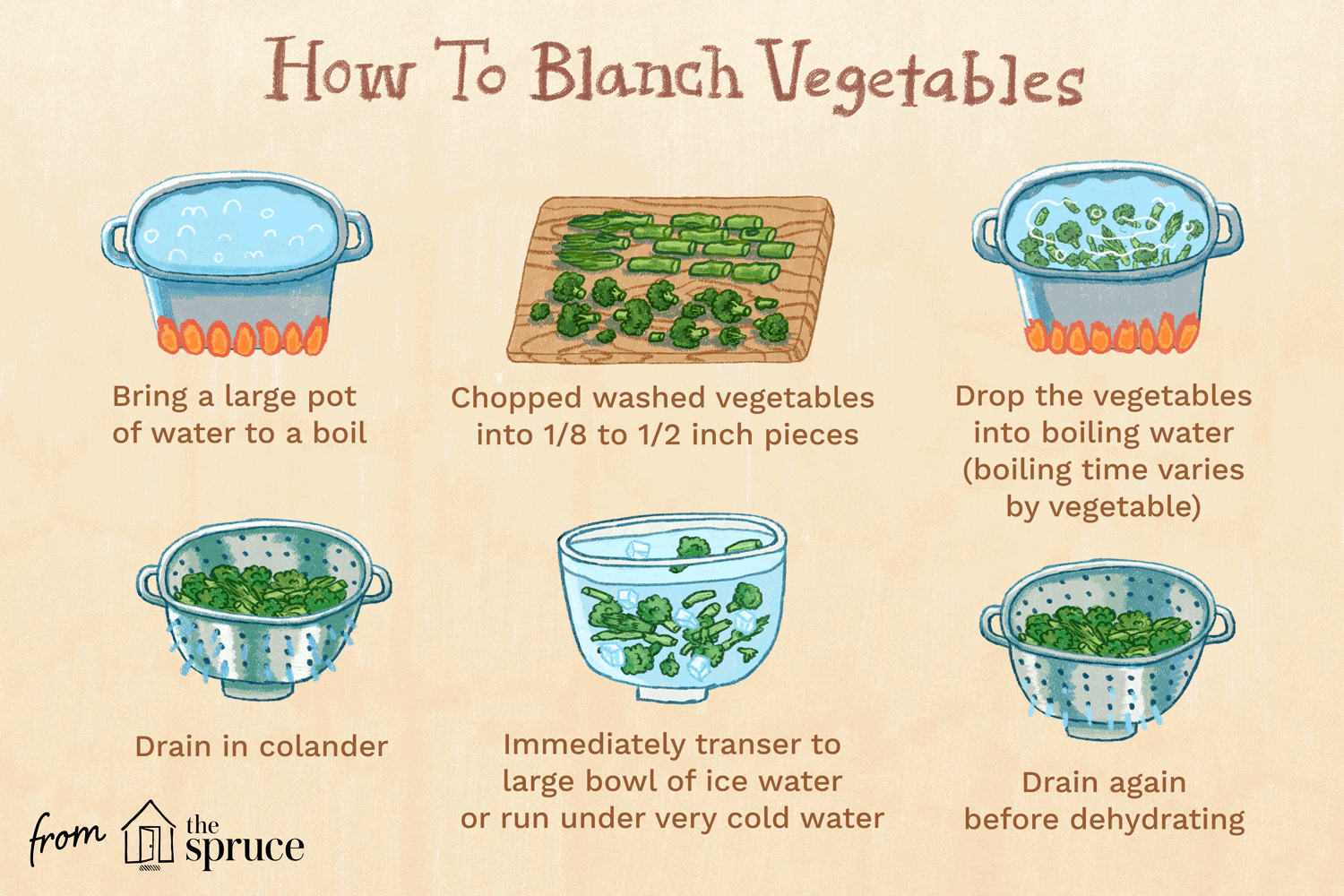Kalanchoe Care: [Soil, Humidity, Pruning and Problems]

What characteristics does kalanchoe have?

The Kalanchoe is a plant of the Crassulaceae family, native to Madagascar and the warm regions of the world.
Its scientific name is kalanchoe pinnata, Bryophyllum pinnatum.
It is also known by the names of witch’s herb, Goethe ‘s plant and air leaf.
It is a genus made up of 120 species of annual or biennial perennial herbaceous shrubs and plants.
Its survival is assured because it produces suckers that are exact replicas of the original, which tend to fall and take root in the ground.
The Kalanchoe is an extraordinary medicinal plant that has spread throughout the Old World and America with its excellent healing powers.
It is used in the treatment of foot cancer, and to take care of the digestive tract, improve the immune system (very appropriate in these times of Covid 19), improve sleep quality, cure asthma and cough, as an anti-inflammatory and analgesic, and protect the kidneys, among other things.
Its flowers are varied, since they can have yellow, white, orange, reddish and green colors, its leaves are fleshy and its height can reach a meter, although there are large ones, 6 meters.
The leaves can be prepared for internal and external use; internally, in the form of an infusion, as a juice, or added to green smoothies, and can also be added to salads.
As an external use, poultices or plasters can be made, crushing the leaves; for example, they can be used for headaches, placing them on the affected area or on the back of the neck; and as a formula to relieve stomach pain or colic, by pressing them against the stomach.
What land needs does kalanchoe have?
The Kalanchoe is a versatile plant that resists droughts because it accumulates water in its leaves; therefore, dry, frost-free Mediterranean soil may be appropriate for it.
But we must try to face the dryness of the land with our sowing skills, turning it into a loose soil with good drainage, or we can plow it, nourishing it with a good fertilizer.

If it remains dry, water sparingly, avoiding wetting the flowers and waterlogging that rots the plant. The fertilizer must have the objective of stimulating flowering and growth, and we must place it twice a year, especially in spring and summer.
How to make kalanchoe grow strong and vigorous?
To give strength to the plant it is preferable to sow in spring, in temperatures of 16-21ºC; and also, after flowering, transplant it in a pot and take it out on the balcony, taking care of it from direct sun, frost and rain.
So that every spring we can have it blooming, spreading its rare beauty inside our house. The Kalanchoe likes to be free, so we must put it in the sun (indirect), in wide spaces, and the multiplication must be done by cuttings, especially during the warmer months.

As we have indicated, it is a resistant plant, with low maintenance, which protects itself with the accumulation of water, which does not prevent it from taking extreme care.
To grow it at home, we must cut a cutting from an adult kalanchoe with sharp scissors and plant it to obtain a new plant, with the respective care. To keep it for several years in a pot, it is necessary to change it to a larger pot after flowering.

What humidity does kalanchoe need?
The dry atmosphere is very detrimental to the plant, so we must create a humid environment indirectly by placing the pot on a bowl with wet pebbles, with good drainage so that excess water can escape.
Indoors , we must keep it away from the heating due to the environmental dryness that it causes. In the garden, water little or not at all in winter and let the compost dry between waterings. Remember that cold water produces a shock to silver, so we must avoid it.
Is it necessary to prune the kalanchoe?
Every plant must be pruned to protect the branches and leaves from its greatest enemy, which are pests and diseases. In the case of the kalanchoe, pruning has several fundamental objectives, such as stimulating development and growth.
Remove damaged, broken or dry branches, leaves and flowers that may harbor parasites; promote lighting and aeration of the stem, and improve flowering. We must practice pruning less regularly than other larger plants, less adapted to the dry environment.
How often should we prune kalanchoe?
The Kalanchoe does not require continuous pruning, even very regularly. It is a plant that is satisfied with two conscientious prunings a year.
Pruning is preferable to do in spring, when the risk of frost has disappeared and before the plant recovers its activity, which has the advantage of less loss of sap. Also, as the stage of development is close, wounds tend to heal faster.
It can also be done in the fall, just in case there are winter climates that are not too cold. Seasonal pruning is done every year.

But maintenance pruning can be done at any time of the year, especially when the suckers sprout, which are twigs that have emerged between the main stem and the branches and must be removed when they reach 5 cm.
Then, we carry out the cleaning pruning to eliminate the undesirable elements of the plant, with the aim of leaving space for the birth of new healthy branches.
The undesirable elements are dry, yellowish and diseased stems and leaves; the flowers in poor condition that consume the energy of the plant, and the crossed stems that entangle the plant.
How to avoid kalanchoe pests and diseases?
The attack of pests and diseases is directed especially at the flowers of the Kalanchoe, which run the risk of being devoured in a matter of hours by the caterpillars; for this reason it is convenient to be continuously aware of the development of the plant.

Likewise, we must have insecticides and fertilizers on hand to deal with the attack of red spiders that cause the premature wilting of the inflorescences.
Maybe you are also interested in:

![Photo of Almond Tree Cuttings: [Concept, Period, Rooting and Planting]](https://www.complete-gardening.com/wp-content/uploads/2022/08/almond-tree-cuttings-concept-period-rooting-and-planting-242x220.jpg)

